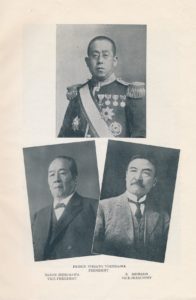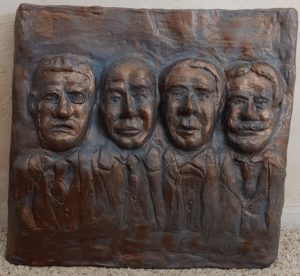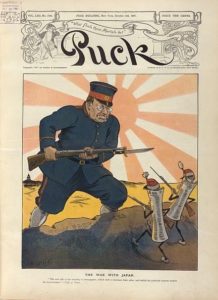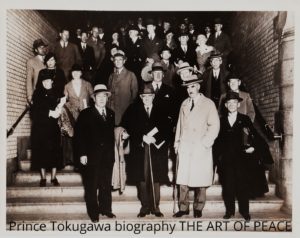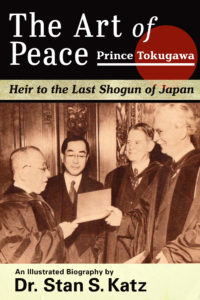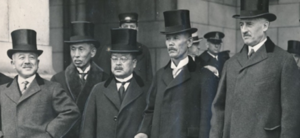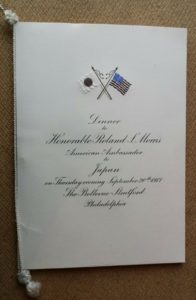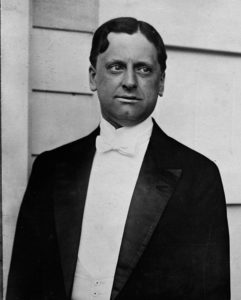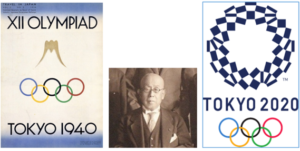
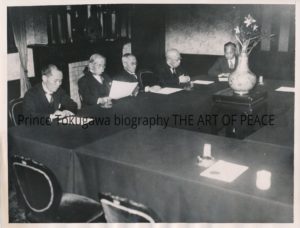
Prince Tokugawa and his allies vigorously advocated that the 1940 Olympics take place in Japan, hoping it would encourage peaceful international relations. Regrettably, that event was canceled due to the expanding conflict in Europe leading to WWII. Since then, the event was been staged in Japan several times, and Tokugawa would be delighted to know that 80 years after his passing, the Olympics is once again coming to his nation, to be shared with the world.
